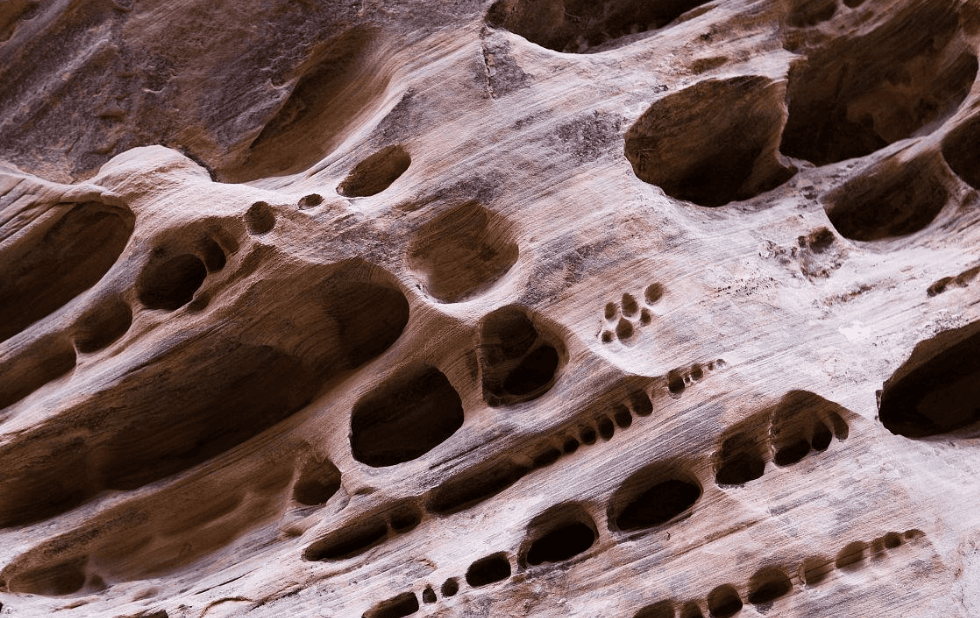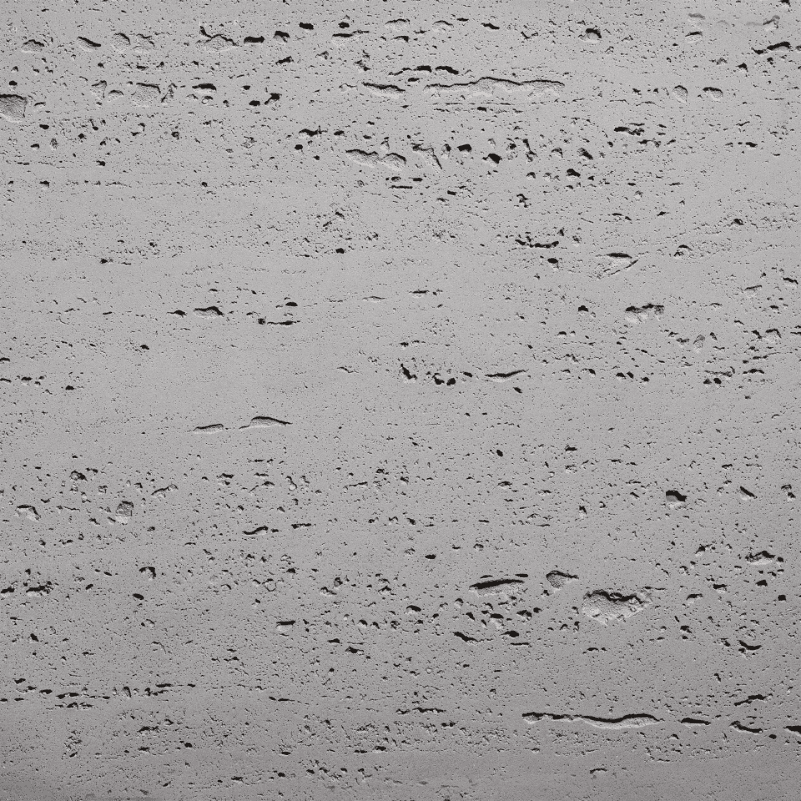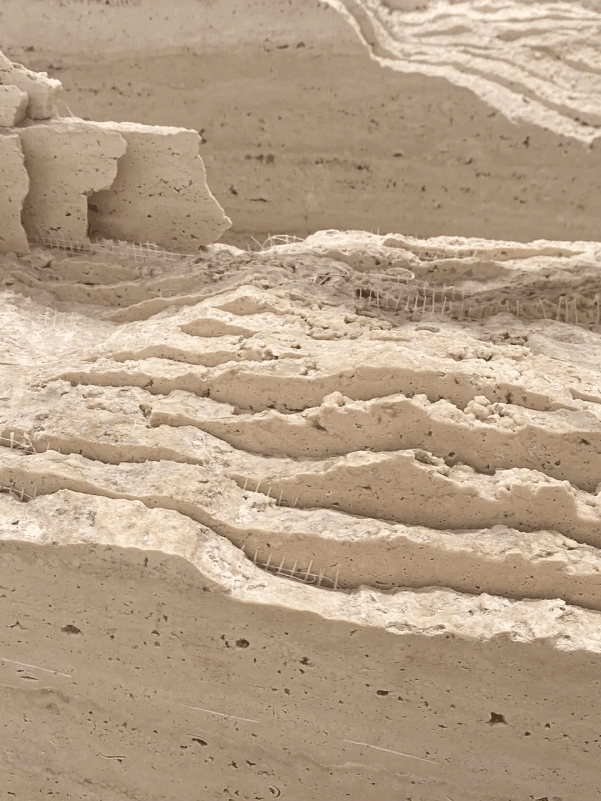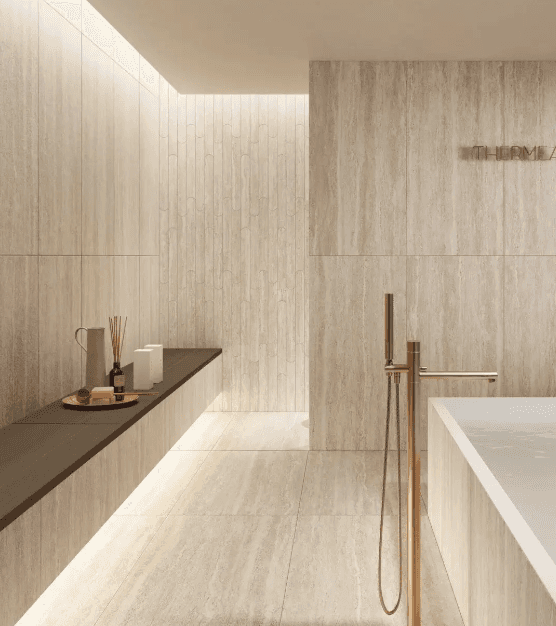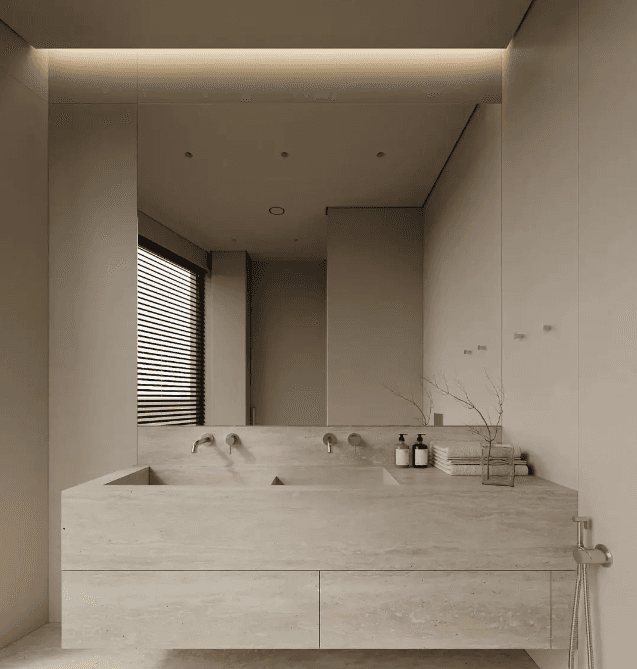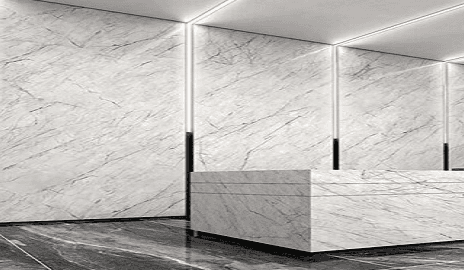Suggestions for Choosing Natural Tuff (Travertine) for Exterior Wall Decoration
Lizzy
Suggestions for Choosing Natural Tuff (Travertine) for Exterior Wall Decoration
Tuff, also known as travertine, is composed mainly of calcium carbonate and typically forms at the bottom of seas or large lakes. It is valued for its uniform texture and attractive veining but also has drawbacks such as low strength and porous structure, which affect its use in exterior wall decoration.
Characteristics of Tuff
Advantages
Mild Texture: The mild texture and rich layers of tuff give buildings a strong sense of culture and history.
Aesthetics: Tuff comes in unique colors and textures, such as light beige, yellow tuff, and coffee tuff, favored by architects.
Disadvantages
Low Strength: Tuff has relatively low strength and a porous structure.
Poor Frost Resistance: It is prone to water retention and has poor weather resistance.
Susceptible to Damage: Processed slabs may break or crush during transportation.
Usage Recommendations
Inappropriate Applications:
Exterior walls of schools, kindergartens, hospitals, and buildings for the elderly.
Exterior walls of buildings with high foot traffic, such as shopping malls, train stations, airports, exhibition halls, theaters, and office buildings.
Exterior walls facing main roads at T-junctions.
Exterior walls of high-rise and super high-rise buildings.
Areas with severe pollution, acid rain environments, and marine environments.
Cold regions, severe cold regions, and areas with large annual temperature fluctuations.
Design and Construction Considerations:
Tuff slab area should be smaller than that of granite.
Consider the weaker edge strength of tuff and adopt appropriate connection methods.
Water absorption should be lower than that of granite.
Check the bending strength of each batch of tuff, and prohibit the use of substandard materials.
Take certain reinforcement measures to ensure safety.
When using tuff on the exterior walls of super high-rise buildings, expert feasibility studies should be conducted.
Testing Requirements
Before using tuff for curtain wall projects, the following basic tests should be conducted:
Bending Strength Test: Ensure the strength of the material meets the requirements.
Water Absorption Rate: Test both untreated and weatherproofed stone, with a post-treatment absorption rate of no more than 1%.
Freeze-Thaw Coefficient: Determine whether the stone can be used in cold regions.
Processing Requirements
Finished tuff slabs should meet the following requirements:
Slab Thickness: Determine the minimum thickness based on bending strength.
Slab Size: The size should not be too large, generally controlled within 1.0㎡.
Surface Treatment: Apply weatherproofing to reduce water absorption.
Conclusion
Tuff is popular for its aesthetic and cultural value but should be used with caution due to its physical performance limitations. For exterior wall decoration, tuff should be chosen and tested strictly according to its characteristics and the environment to ensure safety and aesthetics.
